Bipartisan Infrastructure Law Funding
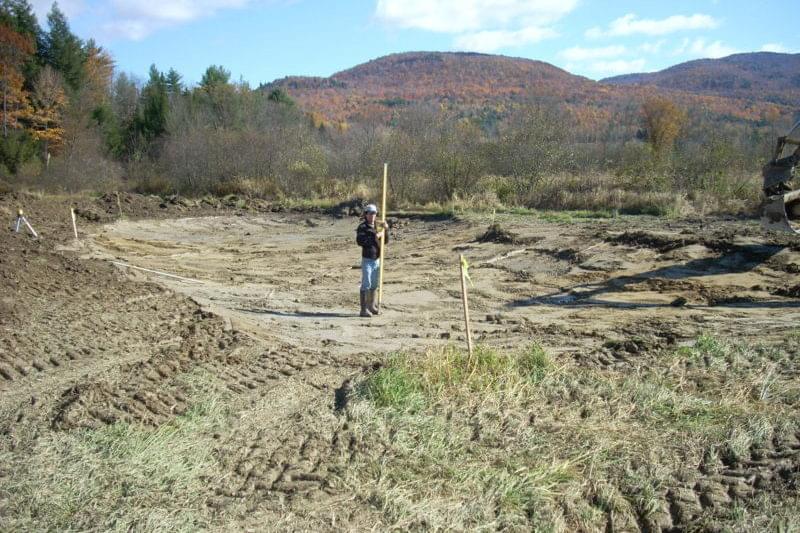
What is the Bipartisan Infrastructure Law?
The Bipartisan Infrastructure Law (BIL) is a historic investment in United States water infrastructure, investing more than $50 billion through programs overseen by the EPA. These programs will support projects that create safe drinking water, provide clean water for communities, and protect regional water basins and waterways.
Lake Champlain Basin Program (LCBP) funds received through the Bipartisan Infrastructure Law are subject to the Justice40 Initiative, a federal initiative that aims to direct 40 percent of the overall benefits of certain Federal investments to disadvantaged communities that are marginalized, underserved, and overburdened by pollution. LCBP has developed a definition of disadvantaged community and an accompanying equity plan to ensure our work aligns with Justice40 principles.
Lake Champlain Basin Program BIL Funding Tasks
The LCBP’s role is to direct resources, convene partners, and commit personnel time to the following four categories of work under the BIL funding. The funding summary table lists investments and progress made to date. Find the requests for proposals here.
AOP Restoration & Implementation
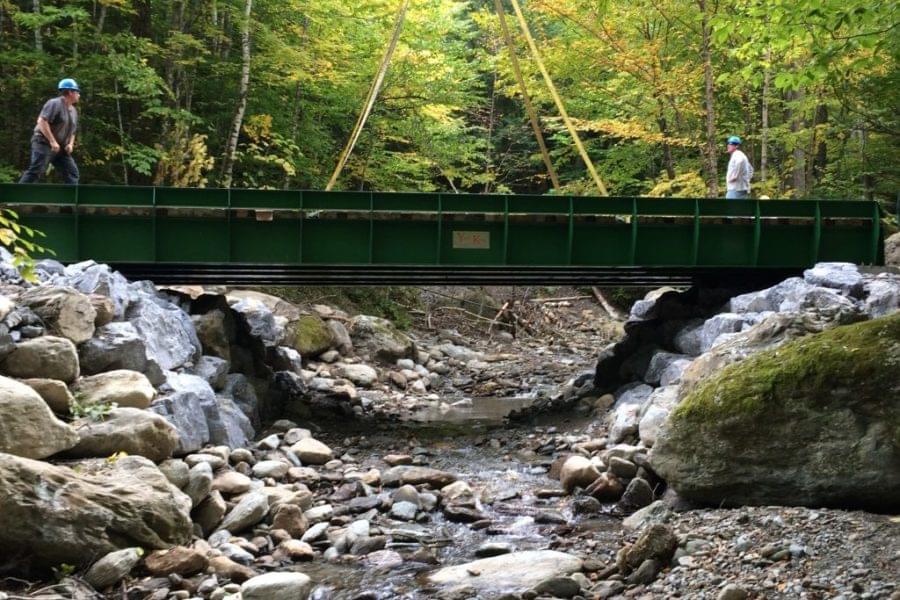
This task supports a new Aquatic Organism Passage (AOP) Restoration Specialist position to plan and implement projects that enhance habitat connectivity, water quality, and climate resilience by removing dams and right-sizing culverts. The AOP restoration specialist also supports partners’ work by coordinating knowledge sharing and collaboration, including facilitating the NY-LCB Dam Task Force. This task also creates a competitive grants category and a fund to be used for responsive, flexible, and strategic investment in critical gaps and opportunities. See funding summary table.
Strategic Land Acquisition Grants Program
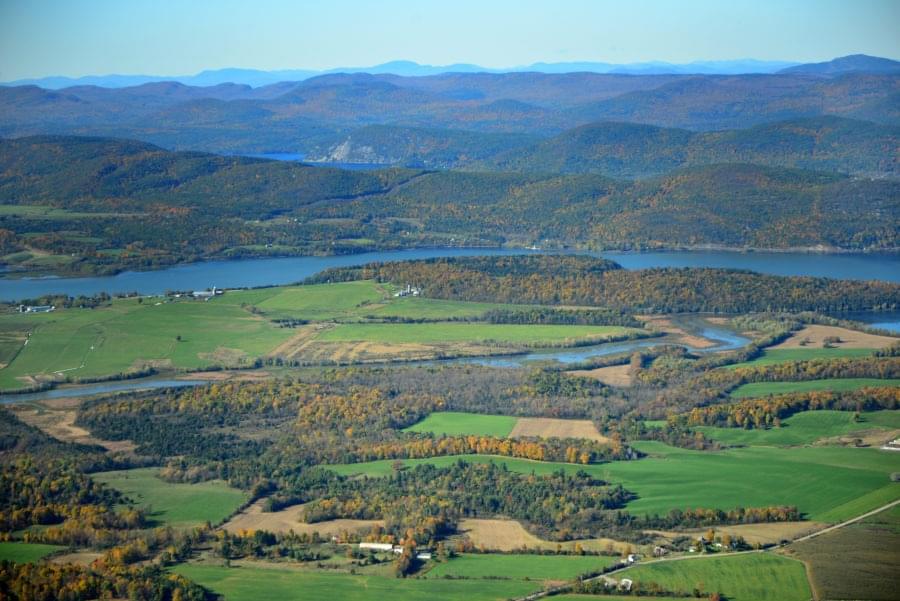
This task will support the creation of a grant program to provide funding for the purchase or easements of lands that provide high value for water quality or aquatic, riparian, or shoreline habitat improvement in the Lake Champlain Basin. The grants will support any activities associated with land acquisition or easements, including actual costs for land acquisition or easements, project development, closing costs, mapping, stewardship, and outreach to communities to generate support for conservation. All conserved lands will remain accessible to the public in perpetuity. See funding summary table.
Wetland and Floodplain Restoration Program in New York
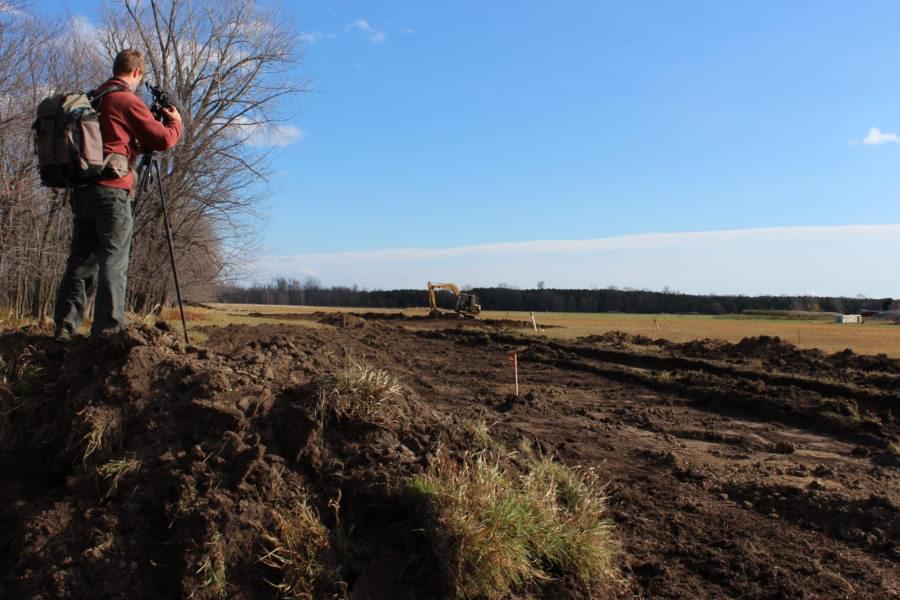
This task will support a grant program to restore critical floodplains and wetlands in the New York portion of the Lake Champlain Basin. Projects will restore the natural structure and function of wetland or floodplain systems, filter nutrients and other pollutants, restore and maintain healthy and diverse ecosystems, and improve flood resilience. Activities supported may include engineering, surveys, design, modeling, native riparian plantings, fill removal, culvert enhancements or replacements, invasive species management, education and outreach, and site maintenance. See funding summary table.
Native Tree Nurseries
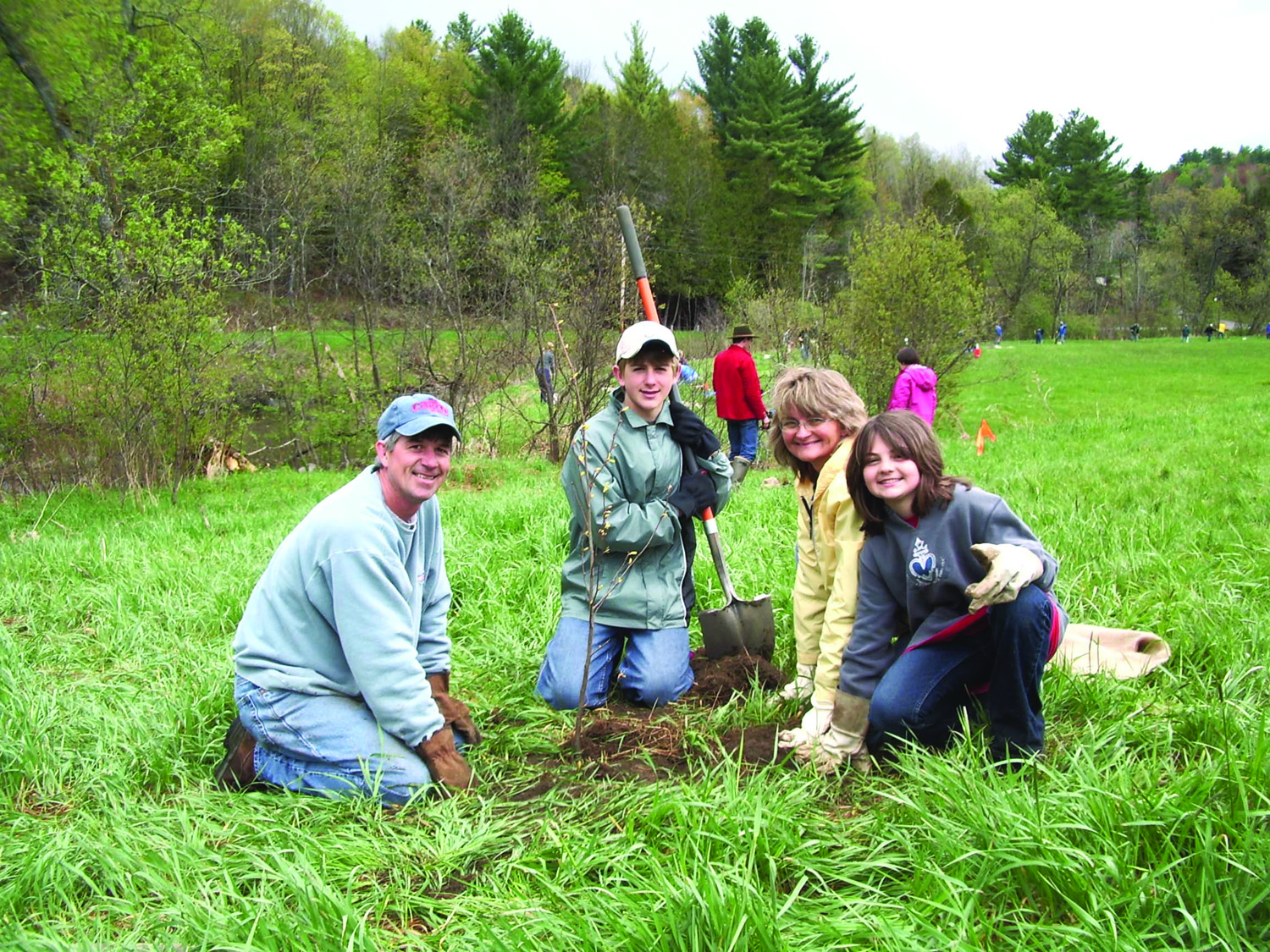
This task will support a grant program in support of organizations that sell or grow native trees and shrubs for habitat conservation projects in the Lake Champlain Basin. The intent is to measurably enhance the native plant supply available to local organizations. Funding may be used for infrastructure investments and to support workforce development initiatives needed to build or grow tree nursery capacity and reduce the cost of stems for conservation planting projects. See funding summary table.
Aquatic Invasive Species Management and Spread Prevention
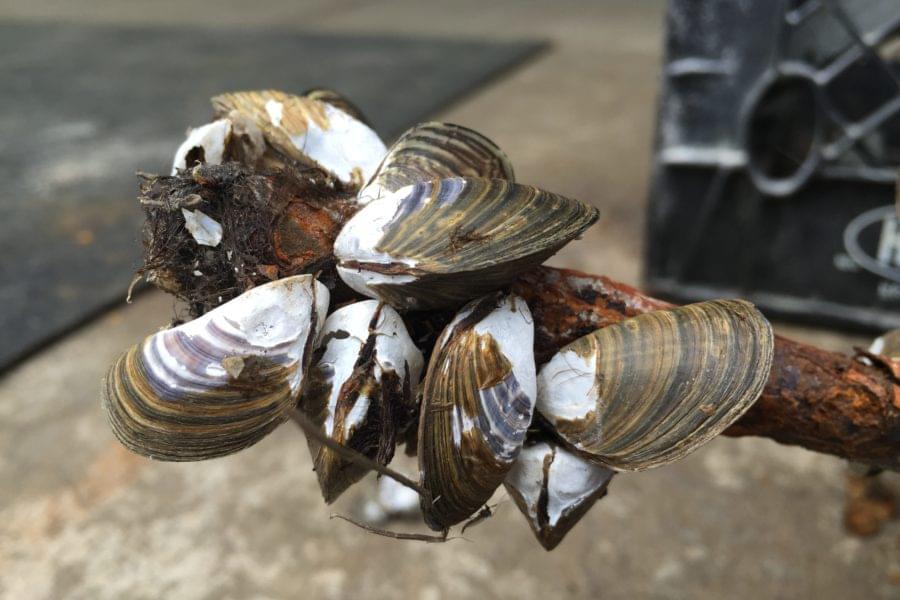
This task will support a grant program for the management of Aquatic Invasive Species (AIS) in the Lake Champlain Basin. The funding will support equipment, technologies, or other resources required to manage and prevent aquatic invasive species spread directly in Lake Champlain or other bodies of water in the Basin. Infrastructure investments are a priority, but a portion of the funding may support workforce development initiatives to enhance skills in aquatic invasive species management and spread prevention. See funding summary table.